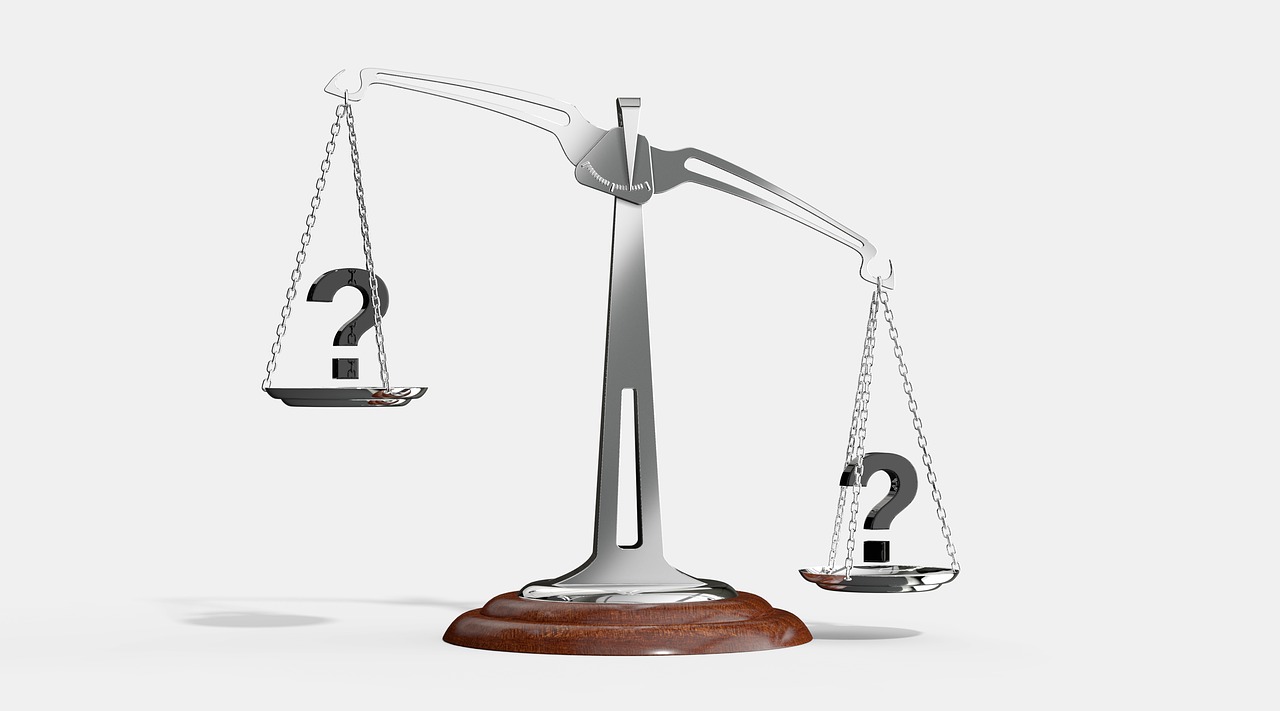
In the Netflix documentary “The Social Dilemma” (Orlowski, 2020), a warning is issued about uncontrolled data usage by large tech companies like Facebook (now Meta). Experts and former employees from the tech industry share insights into the possibilities and dangers they witness daily. Their key message is to ensure that you understand what is happening and to anticipate the consequences by carefully considering ethical implications in a moral data deliberation. The danger is closer than you might think, even in sectors such as education.
Moral data deliberation among data miners
During a moral data deliberation in higher education, we engaged in thoughtful consideration regarding the potential dangers associated with data collection in online learning environments. Such environments gather data when a student logs in, views content, submits assignments, downloads materials, takes practice quizzes, and so on.
Please note: While this data may appear to be valuable at first glance, there are significant hidden risks involved. In compliance with privacy legislation, our working group conducted a mandatory Data Protection Impact Assessment (DPIA), also known as a Privacy Impact Assessment (PIA).
We went beyond legal requirements and explicitly examined the utility, necessity, and added value of data collection. The working group consisted of educators, students, and experts, which provided us with diverse perspectives. Below, I will share our findings regarding the “data mines” from educational, technological, and legal standpoints.
More data is less human
A spoiler right away: the advice is not to make individual student data visible to teachers. This moral data deliberation places great value on the right to have moments of doing nothing or making mistakes without it impacting the perception teachers have of a student. However, students can still view their own results and monitor their progress.

Here we encounter a significant danger: the system reduces an image to what is quantifiable and measurable. The person behind the data becomes obscured in the background. The risk of an incomplete or even erroneous perception increases. Once an impression is formed, it is challenging to rectify, potentially reinforcing biases. Additionally, the student is unaware of who forms which perception, making it impossible to correct the image.
What does that data actually mean?
On the other hand, it is conceivable that students may exhibit desired behavior aimed at shaping their image rather than focusing on their learning development. With multiple teachers having access, the likelihood of teachers “knowing” a student through the system increases. And what if a student knows that all teachers are monitoring their activities? Feelings of insecurity can make it “tempting” for students to display desired behavior.
For instance, if a student logs in only once, it may lead to thoughts like “they are not engaged,” “they are lazy,” or “they cannot plan properly.” However, in reality, the student may have diligently downloaded all the necessary materials to work offline. In summary, teachers need to have knowledge of data and learning analytics, for example, to prevent incorrect interpretation and avoid drawing misguided conclusions.
Moments of valued contact
Finally, to gain and maintain insight, proven methods can be employed: physical classes, quizzes or exams, and conversations with students, among others. Teachers can ask probing questions, share observations with students, and engage in discussions about underlying learning strategies and motivations. This broader perspective on progress enables more targeted and effective feedback to be provided.
A significant supportive role for data lies at the group and class level. With anonymized data, a teacher can identify successes and challenges in the study process of a group, regardless of individual identities. This shifts the focus to the progress of all students rather than just the most assertive ones. Data can guide valuable and data-informed contact and teaching moments.
Moral data deliberation: less(on) is more
This moral “data” dilemma began with the question: Is it good to make the study behavior of students visible to students, teachers, and other officials? This question was deliberated upon morally and has resulted in the above answer. This response has been formulated as advice and adopted by the organization’s board. A news article (in Dutch) has also been published about it.
The reflex often tends to be that more data means more information, and the more, the better. However, this deliberation opts for “less is more” when it comes to data. This outcome was partially unexpected for us as well. If this sparks controversy or discussion, it will provide material for further exploration.

